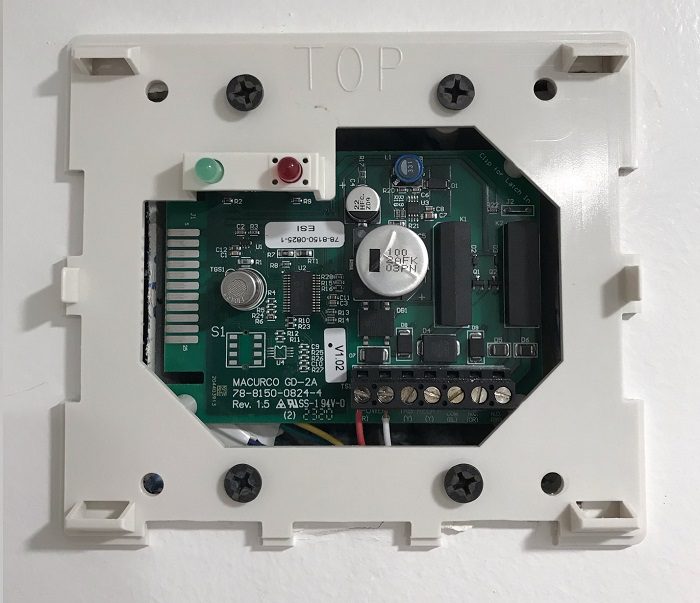Lithosphere
Lithosphere: The lithosphere comprises the Earth’s crust as well as part of the upper mantle. In fact, the lithosphere is approximately 100 kilometers thick and is relatively strong as compared to the underlying asthenosphere.
Lithosphere: The lithosphere comprises the Earth’s crust as well as part of the upper mantle. In fact, the lithosphere is approximately 100 kilometers thick and is relatively strong as compared to the underlying asthenosphere.

Methane Alarm System Methane Alarm System: As per the Los Angeles Department of Building and Safety (LADBS) Methane Code, Ordinance Number 175790, a methane alarm system is part of an active methane mitigation plan. A methane alarm system is a group of interacting components and circuits that synchronize to monitor and annunciate the status of…

Petrogenic Gas Petrogenic Gas: In geology, petrogenic gas refers to natural gas that is the byproduct of the thermal decomposition of biological and organic matter. In fact, this is the same process that results in the geological formation of petroleum underground. For instance, methane soil gas hazards in Los Angeles Methane Zones are typically resulting…

Sand Boil A “Sand Boil” is a cone-shaped deposit of sand that is formed during an earthquake. A Sand Boil occurs when subsurface sand layers liquefy and are then blown to the surface through cracks.

Gravel Blanket in Methane Mitigation A gravel blanket is a 2-inch or 4-inch thick layer of gravel, sand, or approved material that transmits methane soil gas to the horizontal sub-slab perforated pipes and verticle vent riser of a passive methane mitigation system.

Stratosphere Stratosphere: The stratosphere of a terrestrial planet is the second-lowest member of the atmosphere. On Earth, the stratosphere starts atop the troposphere at approximately 10 kilometers above mean sea level, and terminates roughly 50 kilometers above mean sea level. In fact, geologists understand that the Earth’s ozone layer exists within the stratosphere, which absorbs…

Type Section Geologic Definition In geology, the term “type section” refers to a specific stratigraphic unit, that can be compared to other parts of the geologic unit. For a type section, it’s preferred to describe the location where the geologic unit has the maximum thickness, and where the top and bottom units are observable.